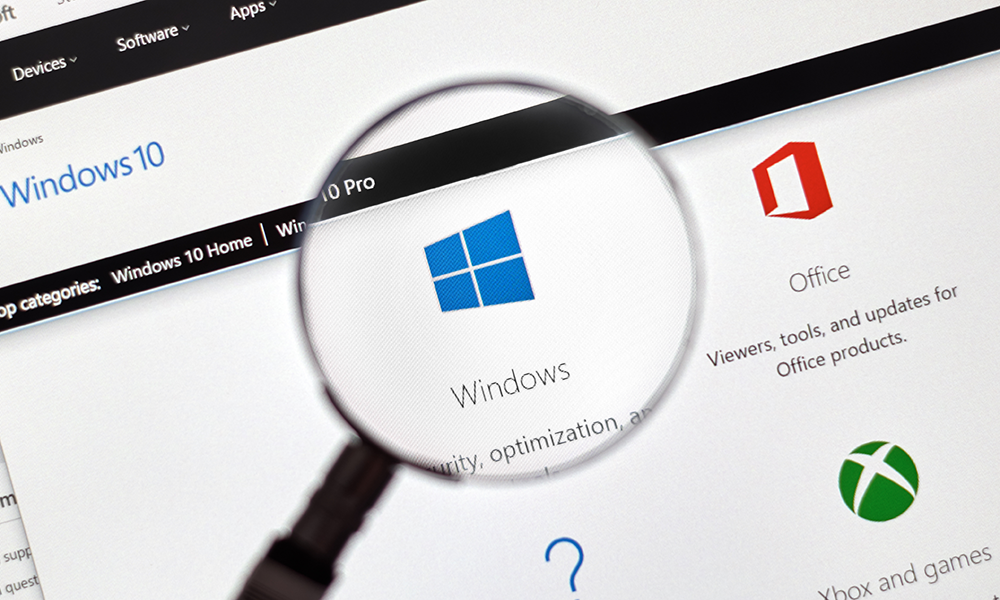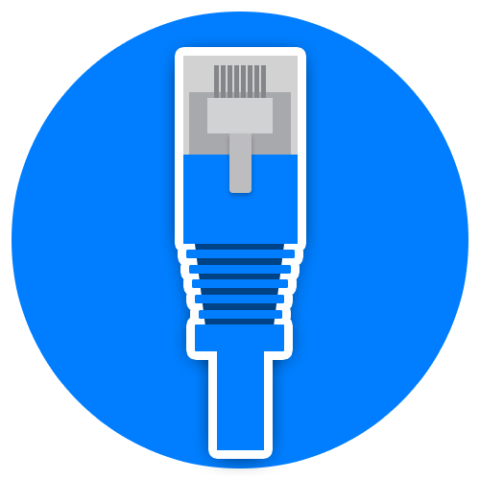
So, you’ve just purchased your brand-new shiny computer. You’re ready to now tackle the world and start your new business or begin freelancing.
But wait… you see an option to purchase your machine with Windows 10 Home or Windows 10 Pro. DUN DUN DUNNNNN *cue dramatic music*
In this article I’ll be discussing the difference between the two to help you make the best decision.
Here are some things you should think about when reading the article:
Will this computer be used for business purposes or personal purpose?
How important is protecting the data on my laptop?
Is there a law which may force me to pick a version?
Am I able to upgrade my current computer?
Topics Covered:
- What is Windows 10 Home?
- What is Windows 10 Pro?
- Do I have to upgrade?
- How to upgrade?
What is Windows 10 Home?
Windows 10 Home is the basic version of Windows 10 that comes pre-installed on most devices purchased by the general windows user. This version is also known as the consumer version and contains all the features that aimed at the general consumer.
Features such as:
- Windows Hello
- Secure Boot
- Windows Defender Antivirus
- Digital Pen support
- Microsoft Edge
- Cortana
Most notoriously known with Windows 10 Home, is the bloatware that also comes pre-installed on the system.
For those who are unfamiliar with the term bloatware:
Bloatware – unwanted software included on a new computer or mobile device by the manufacturer.
Here are some examples of bloatware bundled with windows 10 home:
- 3D Viewer
- Asphalt 8: Airborne
- Bubble Witch 3 Saga
- Candy Crush Saga
- Microsoft Solitaire Collection
- Mixed Reality Portal
- Print 3D
What is Windows 10 Pro?
Windows 10 Pro comes with all the features of Windows 10 Home. This is the professional version of windows that comes with most business laptops and PCs. The added features are targeted towards businesses and may not be necessary for the average home user.
This comes with features such as:
- BitLocker
- Hyper-V
- Group Policy
- Remote Desktop
- Assigned Access
What are these features?
BitLocker
BitLocker is used to encrypt your device so that in the event that your device is lost or stolen, a recovery key set by BitLocker will need to be entered to unlock the device. If BitLocker is not set, then the information on your hard drive can be easily accesses through multiple ways.
Hyper-V
This is Microsoft’s virtualisation software similar to VirtualBox. It basically lets you run a computer within a computer and can be used for a multitude of things such as, testing software. It is mostly used to run other operating software such as Linux or macOS.
Group Policy
This is a window feature that allows centralised management of devices. Within group policy, administrators can configure software settings, windows settings and other administrative templates. This is usually managed by I.T administrators who will oversee what users can and cannot do on company devices.
Remote Desktop
This feature allows users to remote onto their computers from any location. Once they’re remoted on, they can use the computer as if they were in front of the computer in person.
Assigned Access
This is a feature that allows you to fully lock down the windows environment and only allow the user to use only one app on the device and not be able to access any other areas such as the desktop, start menu or settings. For example, this feature may be used to display the computer as a kiosk to display a demo.
Do I have to upgrade?
In short, No.
If you’re a home user who just wants to surf the internet and watch a bit of Netflix and YouTube on your computer, then you most likely don’t need to upgrade. However, if security is a real concern for you, then you can upgrade to Windows 10 Pro to enable BitLocker.
Something you should note is whether or not your computer has a TPM chip.
An article will be out soon to show you how to check this!
However…
If you are a business the ICO recommended guidance is as follows:
“Personal data should be stored in an encrypted form to protect against unauthorised access or processing, especially if the loss of the personal data is reasonably likely to occur and would cause damage or distress to individuals”.
In the case of a data breach, businesses will be required to be able to demonstrate that the data was appropriately encrypted. If not, this can lead to a hefty fine of up to 4% of global annual turnover or €20 million (whichever is higher).
If you are a freelancer, you will at some point be asked to upgrade to Windows 10 Pro in order to store company data on your device or encrypt your device through other 3rd party software.
How to upgrade?
To upgrade from Windows 10 Home to Windows 10 Pro and activate your device, you’ll need a valid product key or a digital license for Windows 10 Pro.
The current cost of a Windows 10 Pro license is £219.99 in VAT. Additionally, you can purchase computers that come with Windows 10 Pro installed if you prefer.
Another article will also be out soon to show you how you can upgrade your computer to Windows 10 Pro.
Conclusion
So, we’ve reached the end of this article, I hope you’ve learned something new today!
Hopefully, you should now be able to understand the differences between Windows 10 Home and Pro. There are currently 12 different versions of Windows but you can be confident that you have conquered two.
Any questions, feel free to leave a comment below to let me know your thoughts or if you have any feedback.
